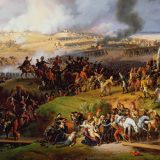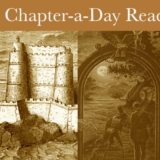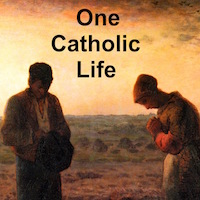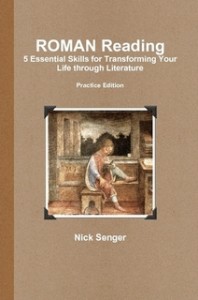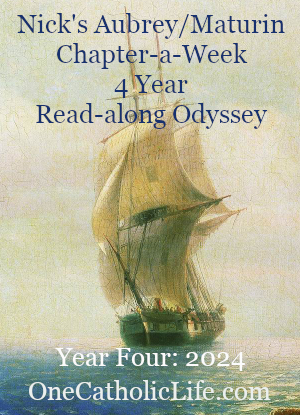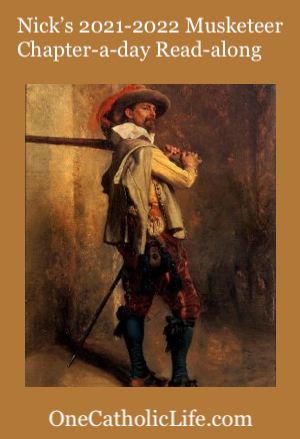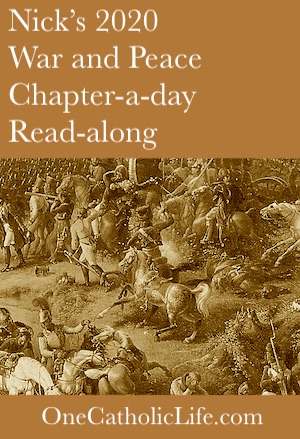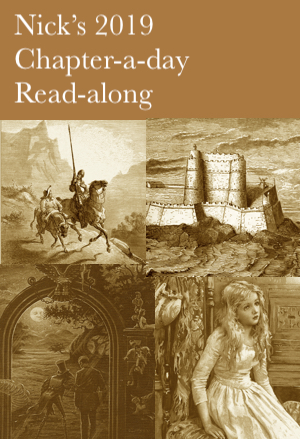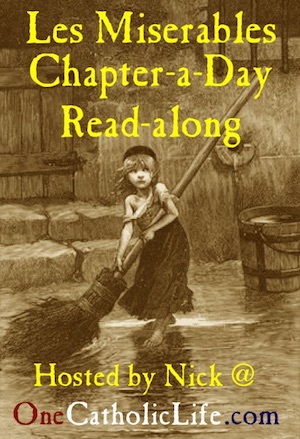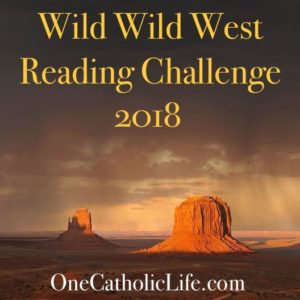Of Pinecones and Fire: Homily for the 20th Sunday in Ordinary Time Year C
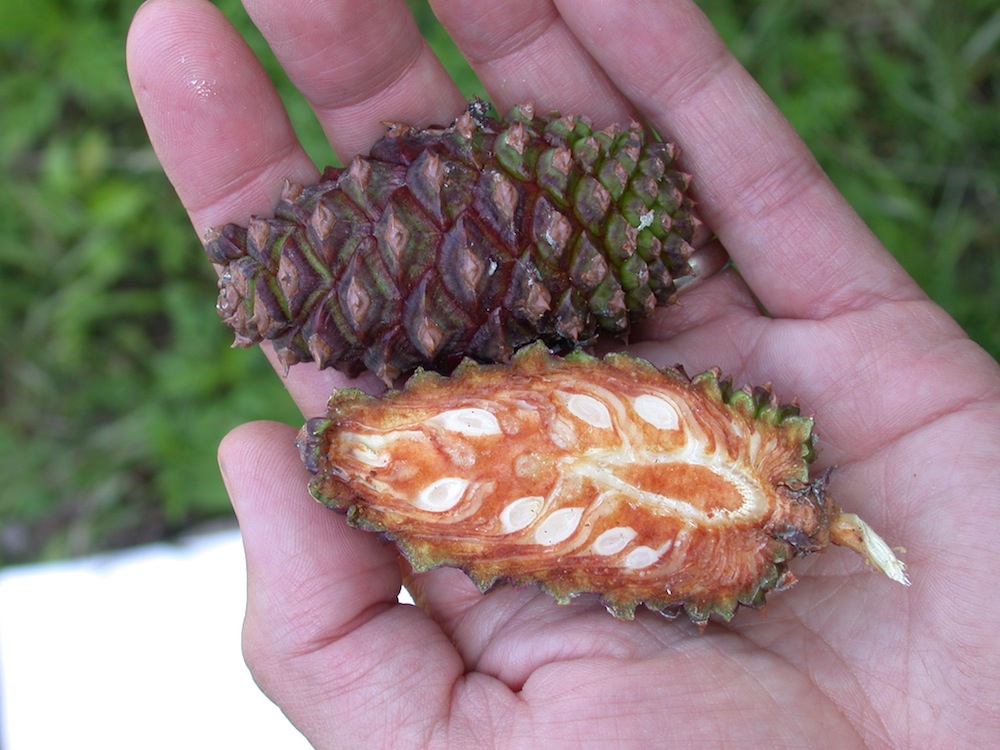
A lodgepole pine cone
Twenty-five years ago this weekend was one of the blackest days in the history of one our our national treasures. On Saturday, August 20, 1988, 150,000 acres of forest land burned in Yellowstone National Park. They called it Black Saturday. Wildfires had been raging in the park all summer. 9,000 firefighters and 4,000 military personnel worked tirelessly to keep the fires from destroying visitor centers and other valuable property. The wildfires continued to rage for the rest of the summer, and by the end of the fire season almost 800,000 acres of park land were nothing but charred ground.
I love Yellowstone Park. Growing up in Billings, Montana, made it easy to visit. My parents took our family there when I was a kid; I went on my first road trip after high school with my best friend there; it was the place Brenda and I visited on our first summer vacation; and three years ago when we gave our kids the choice between a summer vacation to Yellowstone or Disneyland, they shocked us by unanimously voting to go to Yellowstone.
When I hear Jesus say today, “I have come to set the earth on fire,” I remember driving through the park with Brenda in the summer of 1990, two years after the fire, and seeing hillside after hillside of charred forestland.
I imagined the flames hopping from tree top to tree top, black smoke billowing into the sky. It’s a frightening thought. Fire brings destruction, fire brings chaos.
What does Jesus mean? How do we make sense of this?
I think the 1988 Yellowstone Park fires can help us understand. Those of us who remember those fires also remember the controversy that surrounded them. The National Park Service had recently changed its policy about naturally occurring forest fires. The policy before the 1970s had been to put out any fire in the park, no matter how it started, no matter where it was burning. But some time in the late 60s or early 70s the Park Service decided that if a fire started naturally–by lightning, for example–it would be allowed to burn as long as people and property weren’t threatened.
Why? Why would the forest managers let the fire burn?
Because under certain conditions, fire is necessary for health of a forest.
There’s a tree that grows in Yellowstone, the lodgepole pine. They grow to about 150 feet tall in tightly packed groves. And they have a very interesting pine cone.
The cone of a lodgepole pine is held together by a thick resin, a tough coating kind of like a super hard sap, that protects the seeds inside. So there are all these tall, tall, trees, with their cones 150 feet above the ground, and as they age and begin to die, there’s no way for the lodgepole forest to renew itself. With the seeds trapped inside a sticky, hardened resin, they can’t grow.
Unless they’re exposed to extreme heat, that is.
90 degree weather isn’t hot enough. 100 degree weather isn’t hot enough. It takes a very special heat condition to open the cone of the lodgepole pine–in fact, it takes the kind of conditions created by a forest fire. And when a forest fire comes raging through a stand of lodgepole pines, the heat melts the resin and the cones pop open, giving the seeds a chance to germinate and grow.
Think of all those seeds, thousands and thousands of cones just waiting for a forest fire to release them. Seeds closed off from growth by a hard outer shell.
We are those seeds.
Through our baptism we have been given new life, the seeds of eternal life. It’s there inside each of us, but isn’t it surrounded with the resin of sin?
There is new life aching to get out, but it’s stuck behind thick walls of pride, crusts of stubbornness, scabs of grudges we still hold.
When we’re faced with pain and hardship in our lives, we build walls around our hearts just like the thick resin around the seeds of the lodgepole pine. We throw ourselves into distraction–into TV, into physical activity, into eating and drinking, sometimes into more unhealthy and dangerous habits. We turn inward, centering on ourselves.
We close ourselves off from growth by forming a hard outer shell around the seed of our heart. We’re like those thousands of lodgepole pine cones just waiting for a forest fire.
And then Jesus says, “I have come to set the earth on fire, and how I wish it were already blazing!”
The blazing fire Jesus has come to set is a fire that melts away the resinous shell of sin, and pops open the pinecone that’s been trapping the new life within us.
We are a forest of old growth lodgepole pines, but the wild fire has begun. It started two thousand years ago and has been blazing ever since. Pinecones of sin and death have been bursting apart through the ages under the heat of that fire, and seeds of new life have spring up around the world. That fire has spread to us, and we have the choice to try and put it out, or to give it a chance to set us free.
If we wake up each morning and spent 15-20 minutes in silence with God, the fire that was kindled within us at baptism has a chance to melt away the resinous cone that we try to build around our heart.
In our prayer we can turn to God and ask, “What is planted in me that is waiting to come out? Lord, burst open my heart with the fire of your love so that I can grow with you in new life.”
Then, in our daily lives, Christ counts on us to bring that fire to the world.
In service to others, we set the earth on fire by acts of love and mercy. When we forgive the people who hurt us, when we rebuild our relationship with them, the resin begins to melt so that their pine cones can burst and new life can arise.
When we feed the hungry, visit the imprisoned, and comfort the sick, we keep the wildfire of Christ burning so that the world is constantly being renewed.
And in the evening, just before we go to bed, we can take another 10-15 minutes and look back over our day, trying to discover those places where the fire of the Holy Spirit touched us–the concern of a friend over coffee, the kindness of a stranger at the grocery store, the generosity of a family member at home.
Accepting the fire of the Holy Spirit means our sinful habits have to go, have to be burned away.
But the heat is intense and causes charring. The old and the dry gets consumed to make way for the new, green life.
Like those rangers did in Yellowstone, we have to let that fire burn, even if it means things will never be the same. It’s a slow process. But it yields beautiful results.
Within a year after that 1988 fire, forest managers counted between 2,000 and 12,000 new lodgepole pine seedlings per acre.
When Brenda and I drove through Yellowstone in 1990, we saw the charred hillsides, but we also saw the green undergrowth where life began to grow anew. And when we visited with the kids three years ago in 2010, we couldn’t even see the effects of the fire.
In the twenty-five years since Black Saturday, the forests of Yellowstone have been renewed with new life.
In the two thousand years since the first Easter Sunday, the Church has been constantly renewed with the promise of eternal life.
We gather here to celebrate that fire and that life, and we go forth from here to bring that fire and that life to the world.
Podcast: Play in new window | Download
Subscribe: RSS














